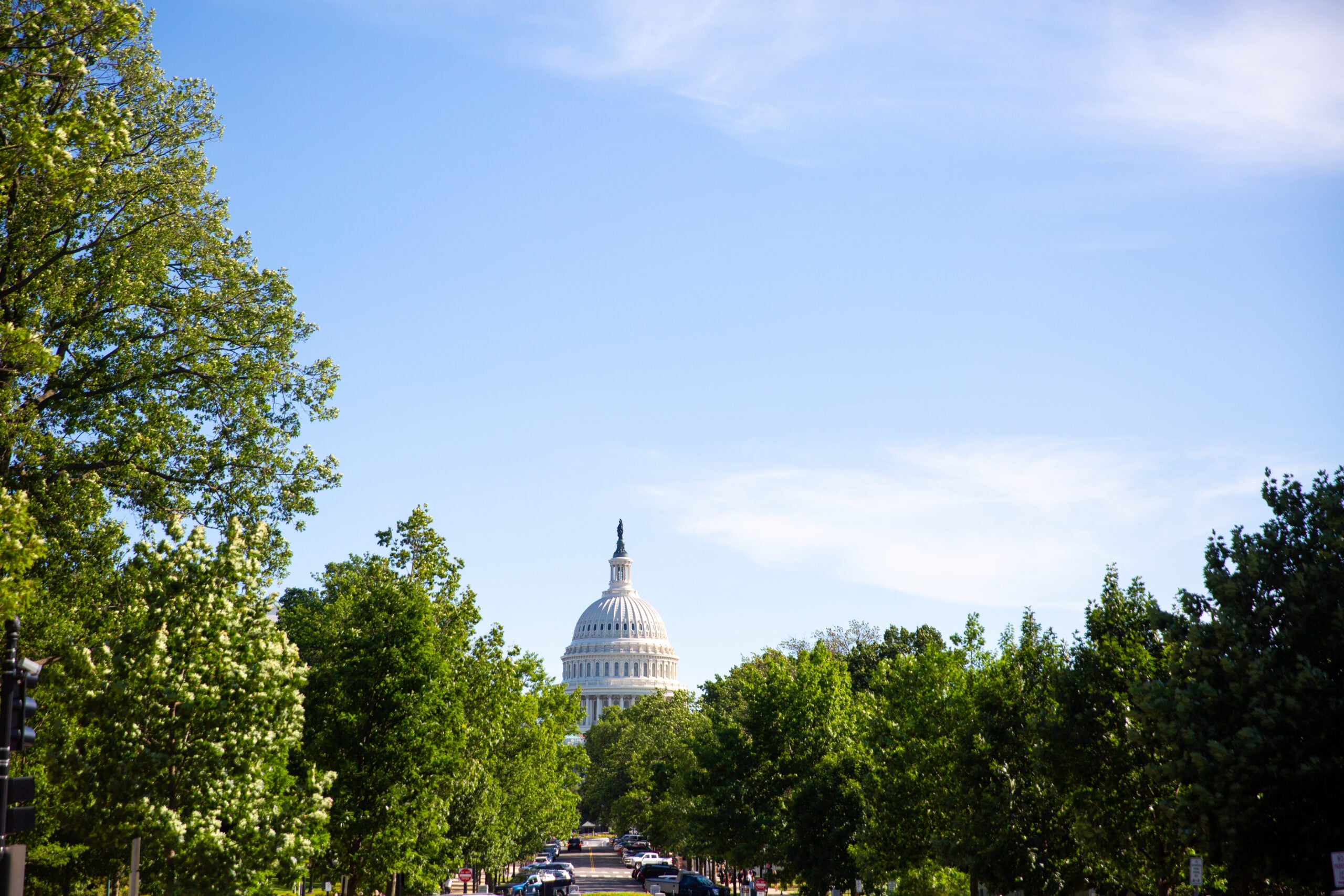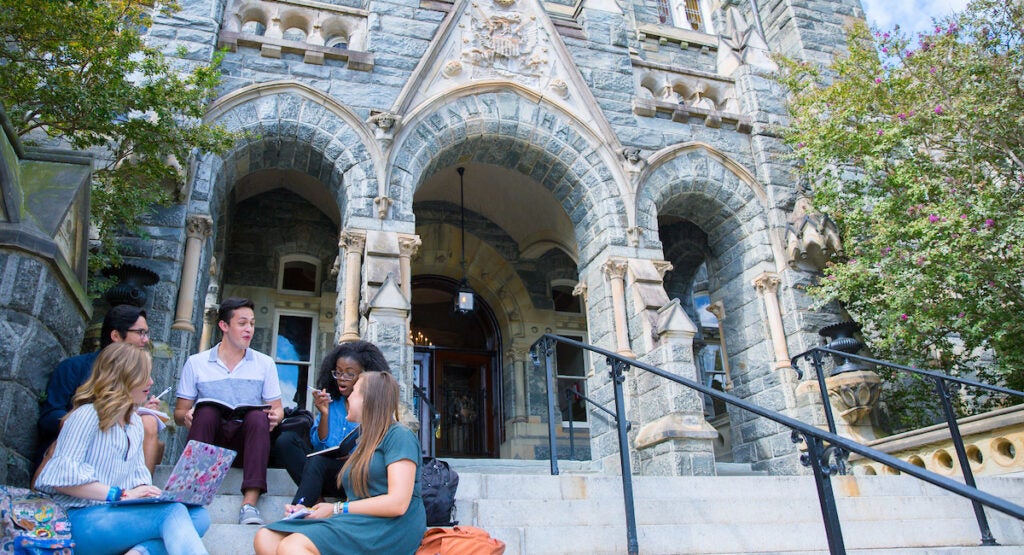Georgetown Grad Student Hannah Kim on Summer Internship at Environmental Protection Agency in DC
This is a part one of four in the Graduate School’s summer series, which chronicles what Grad Hoyas are up to near and far this summer. Follow along on grad.georgetown.edu and our social media channels.
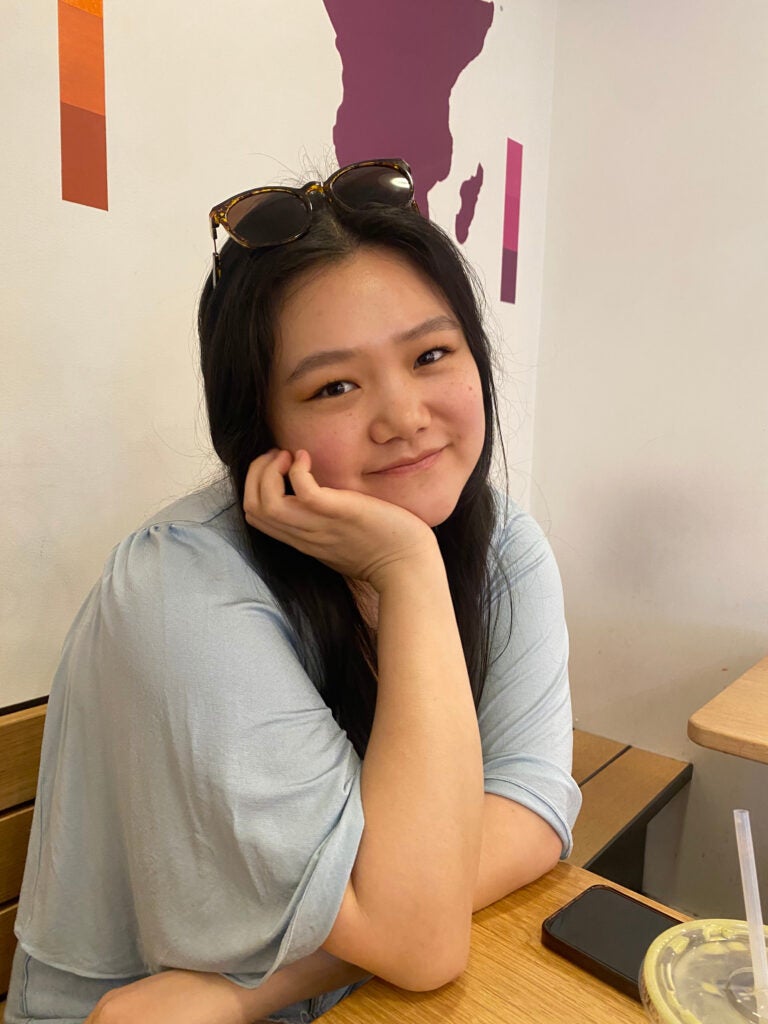
Hannah Kim
Hannah Kim’s (G’25) interest in the environment started in her own backyard. She often played in the creek by her house, and when it was time for her to come inside, she’d fill her pockets with rocks, which her mom would later discover when she was doing laundry. The reason she collected them was because she imagined every rock had a unique feature and story to tell about how it got to be in her yard.
In her senior year of high school in 2017-2018, Kim knew she wanted to be part of the conversation around climate change. Her innate love for nature and concern for the changing environment came to a head because of her faith in God, which she says calls her to be a good steward of our common home. When Kim started hearing more news stories of severe natural disasters, she also began to feel the effects of the planet warming and animals suffering as a result. She was afraid that future generations wouldn’t get to experience the same beauty within nature that she fell in love with, which motivated her to become part of the change.
“That’s when I knew that something had to change. If man was the problem, I knew that man could help be part of the solution,” she noted. “I want to be part of the change.”
This fall, Kim will begin her second year of the M.S. in Environmental Metrology & Policy program at Georgetown, which she chose because of its location to the nation’s capital and the network of faculty and alumni in major government organizations. Her long-term goal is to create a policy-based solution to combat the pressing issue of climate change.
Explore Kim’s experience this summer working as an intern with the Environmental Protection Agency (EPA) in the Office of Children’s Health Protection (OCHP) and the advice she’d give to anyone interested in environmental studies as a career.
Summer Internship at EPA
Within the Environment Metrology and Policy program, an internship is required as part of the coursework to better prepare students for careers after graduation. Internships in the industry and government, such as at the EPA or National Institute of Standards and Technology (NIST), allow students to bring real-world experience into the classroom while creating an established professional network.
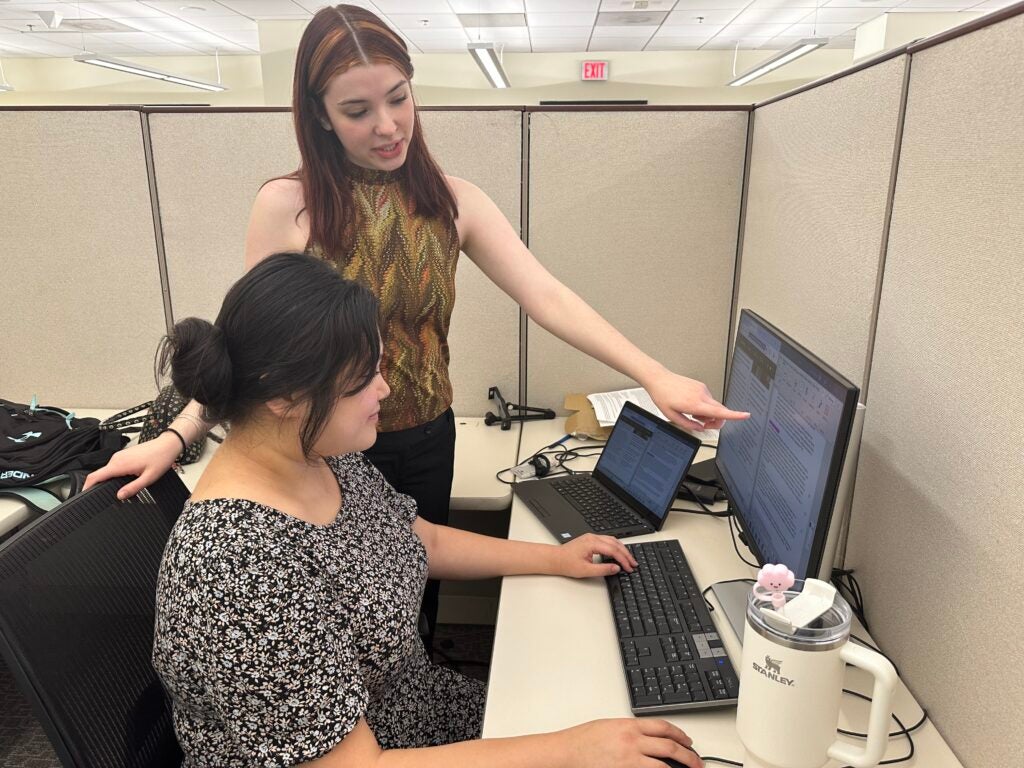
Meet and greet with EPA administrator
It was Professor Bob Sonawane who helped introduce her to a staff member in the EPA’s Office of Children’s Health Protection, which in turn led to her summer internship.
For ten weeks, Kim spent time side-by-side with a mentor, attending meetings and gathering research about how environmental factors affect children more distinctly than adults. She also developed practical office etiquette skills that she plans to implement in her own life. Kim is particularly interested in the policy side of the environment.
“My undergraduate experiences were a great introduction to the science of field and sustainability best practices, but I needed to know how to apply that in order to advocate for those who cannot speak up for themselves,” she said.
She also learned that of the 12 teams at the EPA that ladder up to the Office of the Administrator, OCHP and the Office of Research and Development collaborate most often to filter the research they’ve uncovered related to how environmental changes can affect children’s health.

Hannah Kim doing research for her “living document” summer project at EPA headquarters
As a result, Kim’s personal project this summer has been to develop a living document that can be used by populations within different climate regions to make environmental justice more accessible. It’s aligned with OCHP’s goals of community-based learning as they work to help eliminate threats to children’s health.
“Kids eat and breathe more and are more susceptible to environment[al changes] and pollution,” Kim notes. “They play on the ground and in the grass and get exposed to what’s in there, like fertilizers and pesticides.”
When it comes to heat-related illnesses, infants, kids and even pregnant women are more vulnerable to heat stroke and heat exhaustion, Kim said. OCHP’s priorities are centered on disease and illnesses, in which this target audience is most susceptible, and then developing resources to get the word out to prevent future harm.
Looking Ahead
Kim is immensely grateful to be studying what she loves. Her advice to others is not to take things for granted. Most of the jobs she was interested in applying for after undergrad required a higher level of study, and she had no context for what graduate school would be like. But she didn’t let that stand in her way.
“I’m the only person that’s made it to the graduate level in my immediate and extended family,” she said. “It makes me work harder, knowing how hard my parents worked to get me here.”
This spring, Kim conducted a research project in the program’s Agilent Lab. Working alongside a group of four other students, she tested for a variety of toxic heavy metals in different makeup foundations.
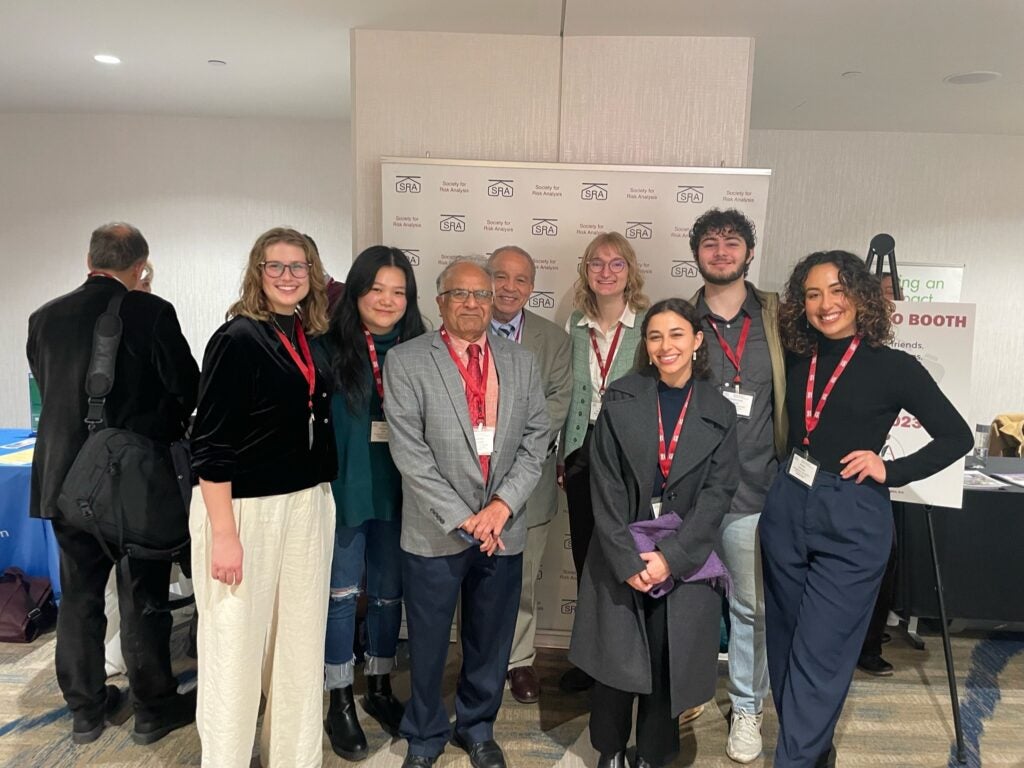
Hannah Kim’s master’s program cohort and professors Abdel Kadry and Bob Sonawane (center) at the Risk Assessment Conference in DC
“This puts you in the driver’s seat where you’re actually working on a research project testing liquids, gasses and solids to determine the metrology (or the study of measurements and uncertainty) as it relates to the environment and public health – which, in turn, helps inform opinions on policy,” she said.
Kim is looking forward to her capstone project this year, noting that other alumni of the program have often published their findings afterward. It proves, she says, that taking the time to care for our planet matters, no matter how small the step.
For anyone interested in pursuing a career in environmental metrology and policy, Kim recommends the following:
“Think about the kind of life you want: is it adventurous or sedentary? Do your future self a favor: ask questions. The more you ask, the more you know,” Kim says. “It might be scary to put yourself out there, but no one is going to do it for you. You’re your own best advocate.”
Connect with Hannah Kim on LinkedIn.
